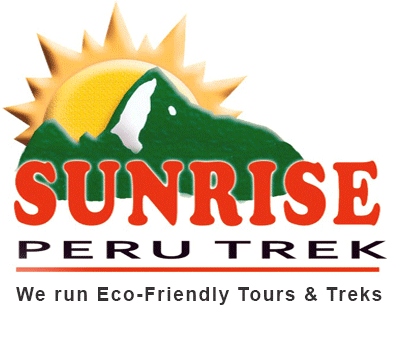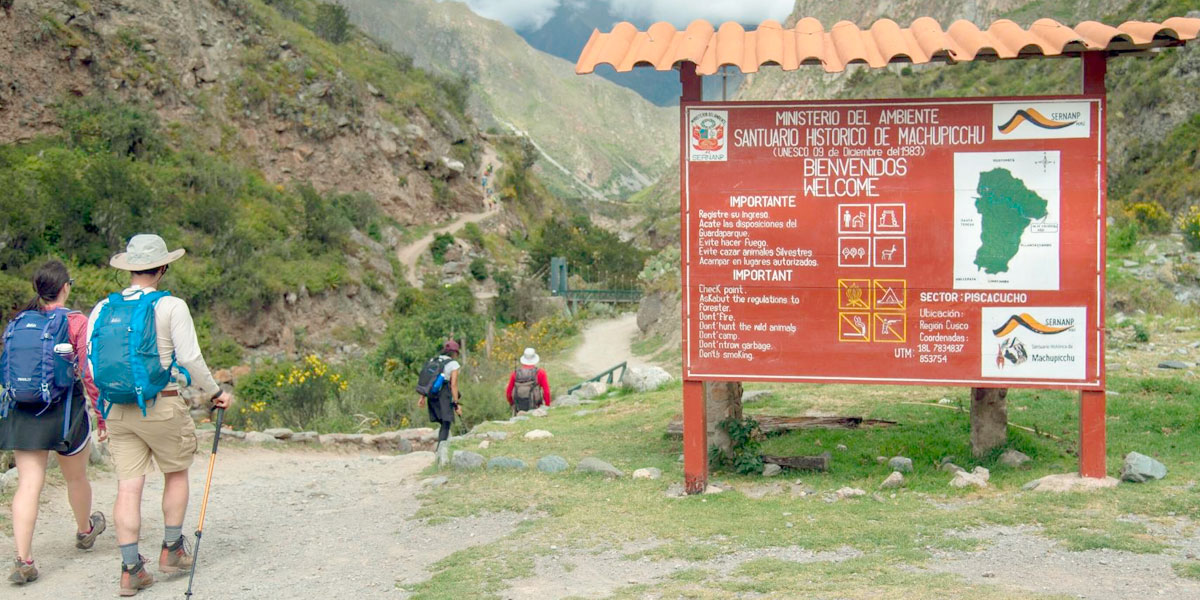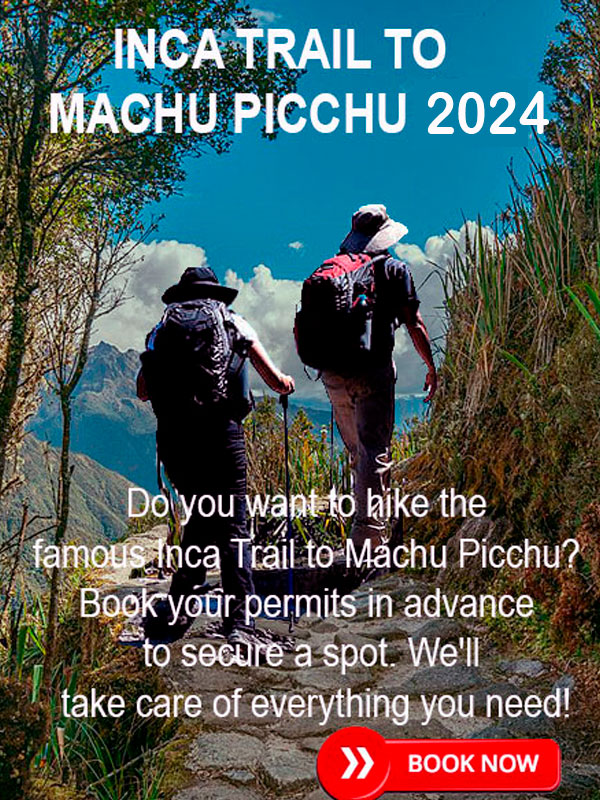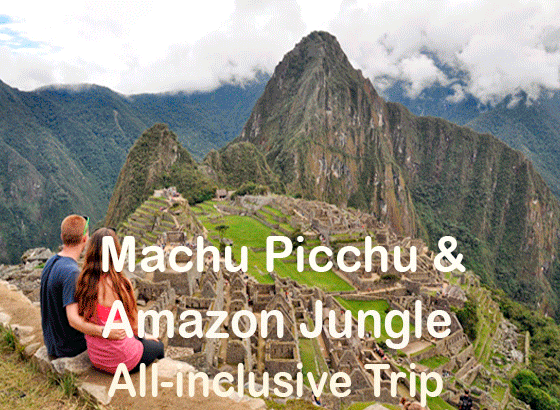New Inca Trail Rules and Regulations for Trekkers to Machu Picchu
The government has applied new Rules and Regulations for Inca Trail Trekkers to Machu Picchu for its care and protection of the national park and guaranteeing the safety of visitors.
The Inca Trail to Machu Picchu is one of the most famous treks in the world that will take you to see the mysterious Inca citadel of Machu Picchu. Being able to live this adventure is the dream of any traveler since you will Trek the ancient path that the Incas built, while you have to be accompanied by the beauty of the natural landscapes of the Andes, the jungle and the immense valleys, to end of the trek is in one of the seven wonders of the world – Machu Picchu.
Famous Inca Trail runs through the National Park of Machu Picchu (32,932hs), and for this reason the Government of Peru has a regulation for trekkers an all visitors, which allows the care and protection of this entire area, in addition to guaranteeing the safety of visitors. This allows us as travelers the opportunity to learn more about the availability of permits, prohibitions, times when we should not travel, among other topics that will help us better prepare for this incredible trip.
New regulation of the Inca Trail to Machu Picchu in Peru
- Over the years the rules have changed due to the increased number of Trekkers and visitors to this route and these are some of the new regulations to keep in mind:
- Only a maximum of 500 people per day will be able to access the 4-day Inca Trail, amount that includes authorized guides, cooks and porters. In other words, the total number of tourists is limited to about 200 and 300 will be the support team.
- Only a maximum of 250 people per day will be able to access the 2-day Inca Trail, amount that includes authorized guides, cooks and porters. In other words, the total number of tourists is limited to about 200 and 50 will be the support team.
- Authorization requests to enter the Inca Trail must be documented and paid (full amount) with a minimum of 48 hours before the date of entry.
- After entering the Inca Trail, the visitor will not be able to extend their stay for the time indicated on the entrance ticket in the established itinerary.
- All people who enter the Inca Trail to Machu Picchu must identify themselves with their original documents at the control points of the Ministry of Culture.
- For reasons of conservation and restoration, there may be periods of restriction and closure of the use of the Inca Trail. Users will be informed 30 days in advance, except in the case of unforeseeable force majeure, in which case it will be applied without prior notice.
- It is forbidden to hike the Inca Trail from 7:00 p.m. to 5:00 a.m., except in exceptional cases verified.
- All users of the Inca Trail to Machu Picchu, especially the representatives of travel agencies, must separate solid waste into organic and inorganic and remove it from the national park of Machu Picchu.
Inca Trail Groups organized with authorized travel agencies
The use of the Inca Trail to Machu Picchu is carried out by travel and tourism agencies or guides. In both cases, they must be authorized by the government to operate this route. The groups are made up of visitors, tour guides and support staff (cooks, porters and others), in addition, the groups can be made up of a maximum of 42 people.
Availability for the Inca Trail or Trekking Permits
You must bear in mind that to obtain the Trekking permits for the Inca Trail you must do so well in advance since only a maximum of 500 people can enter per day. In addition, due to maintenance, conservation and cleaning work, as well as heavy rains, this route is closed during the month of February of each year.
The only way to take an excursion on the Inca Trail is through the services of a tourism agency authorized by the Ministry of Culture of Peru. It is only possible to make reservations through the Internet. No tourism agency has more availability of permits to do the Inca Trail.
The demand to access the Inca Trail is so great that you should not be surprised if the availability of permits dries up in an instant. In this case, there is no way to get more entry permissions.
Permits are issued in your name; therefore, they are not transferable in any way. No matter how many clients cancel their reservations on the Inca Trail Trek, no one else will be able to use these spaces.
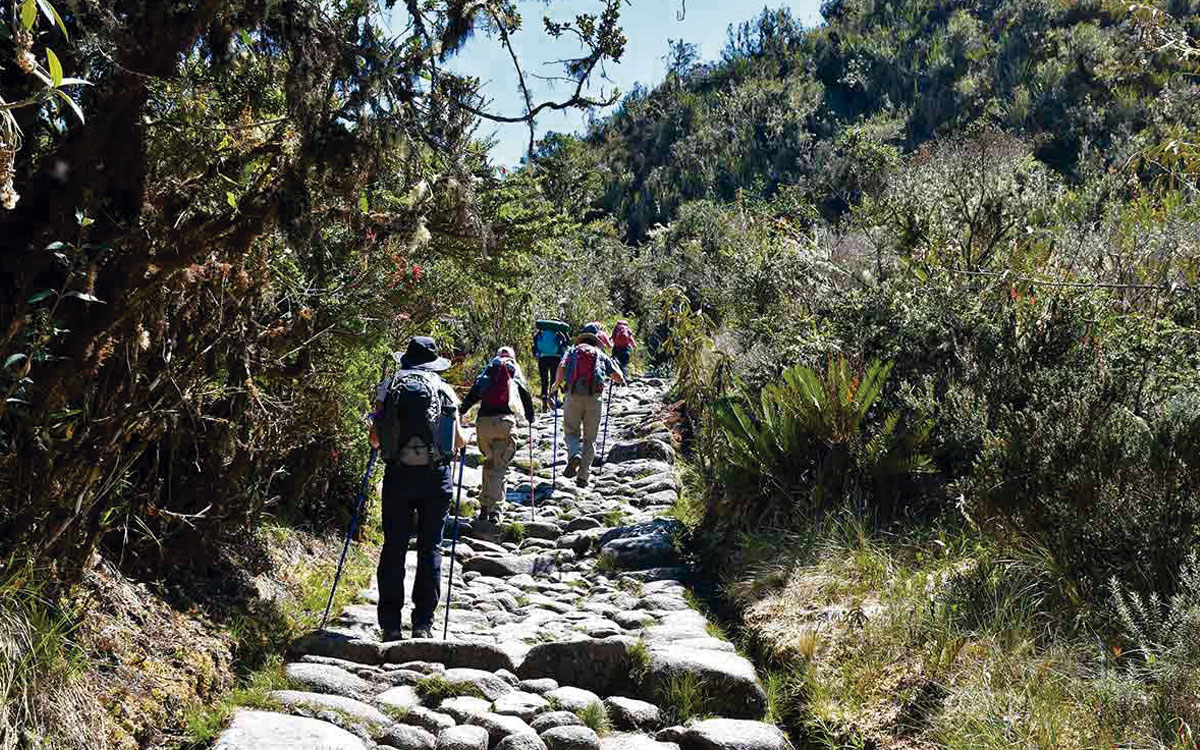
The Inca Trail Bookings
It is highly recommended to reserve the entrance to the Inca Trail several months in advance because, in addition to the high demand, there is a limit of 500 people per day that includes Tourist, guides, cooks and porters.
To confirm your reservation, you must provide the following information:
- Full name
- Nationality
- Date of Birth
- Passport number
- A copy of the passport
- Full payment (100%) of the Trek Permits
The Inca Trail Prohibitions / Restrictions
find out that along the Inca Trail there are several archaeological centers and an immense diversity of flora and fauna. All these elements must be respected, so keep in mind that this is what is prohibited on the Trail:
- Alter or contaminate the landscape of natural, cultural and/or archaeological monuments.
- Camp or spend the night outside of assigned campsites.
- Seize and/or use elements that violate cultural and natural heritage.
- Make Openfire in archaeological monuments and/or in areas close to the natural environment.
- Climbing walls, making marks on dirt floors or scratching archaeological monuments, and/or doing any type of graffiti.
- Disturbing or affecting species of flora and fauna.
- Perform overflights and/or use the airspace without prior authorization from the competent authorities.
- Post public or commercial advertisements.
- Transit and work in an alcoholic state or under the influence of drugs.
- Entry and transit of motorized vehicles
- Carry out the transfer of tourists from one group to another
- The abandonment of the tourist group by the tour guide.
- Obscene acts.
The following Items are not allowed on the Inca Trail
Below you have the list of all the things that cannot be transported for the Inca Trail. You’ll find that many of these items aren’t really necessary when you hike to Machu Picchu:
- Firearms, hunting tackle, fishing gear, axes, machetes, hunting knives (with a steel blade longer than 7 cm), picks, shovels, or other tools.
- Any type of trap to catch animals.
- Fuels such as oil, diesel and gasoline.
- Alcoholic beverages, stimulants, psychotropics, narcotics and other drugs. The prohibition of drug use is throughout Peru.
- Drinks and products with glass containers.
- Sound equipment and other annoying noise generators (musical instruments).
- Domestic and exotic animals.
- Canes with metal tips that do not have rubber protectors, as well as wooden canes of native species.
- Transport vehicles such as bicycles, tricycles or others.
- Drones or any type of smaller vessel and professional filming equipment for commercial purposes are not allowed.
Mandatory minimum equipment for guides and agencies.
- A Backpack.
- Sleeping bags.
- Insulation or mattresses.
- Tents.
- Canteen for water.
- First aid box.
- Oxygen balloon.
- Location maps of the Inca Trail.
- Water filters.
- Plastic screens to filter sediment from dirty water.
- Propane gas burners.
- Inelastic rescue ropes (diameter 9 mm).
- Portable VHF radio communication equipment tuned to the Ministry of Culture’s radio frequency, only in case of emergency.
- Adequate deposit for the transport of solid waste.
About Solid waste.
All Travel and tourism agencies, guides and support personnel are obliged to carry out the segregation, transport and final disposal of the solid waste generated during the stay on the Inca Trail and remove it outside the historic sanctuary of Machu Picchu.
It is a job that everyone must do, which is why in companies like: SUNRISE PERU TREK Travel & Tours, all their staff are trained to be able to develop good environmental practices and promote the preservation of this important Inca Trail.
These are the rules that we must take into account and respect as visitors, since in this way we take care of the historic sanctuary of Machu Picchu, but it also helps us to know what we should and should not do when we visit. of this wonder
This is Not the last one the rules for the Inca Trail may change in the future; all is subject to the maintenance of the environment and the safety of the visitors. Lest work for the planet and with the planet.
